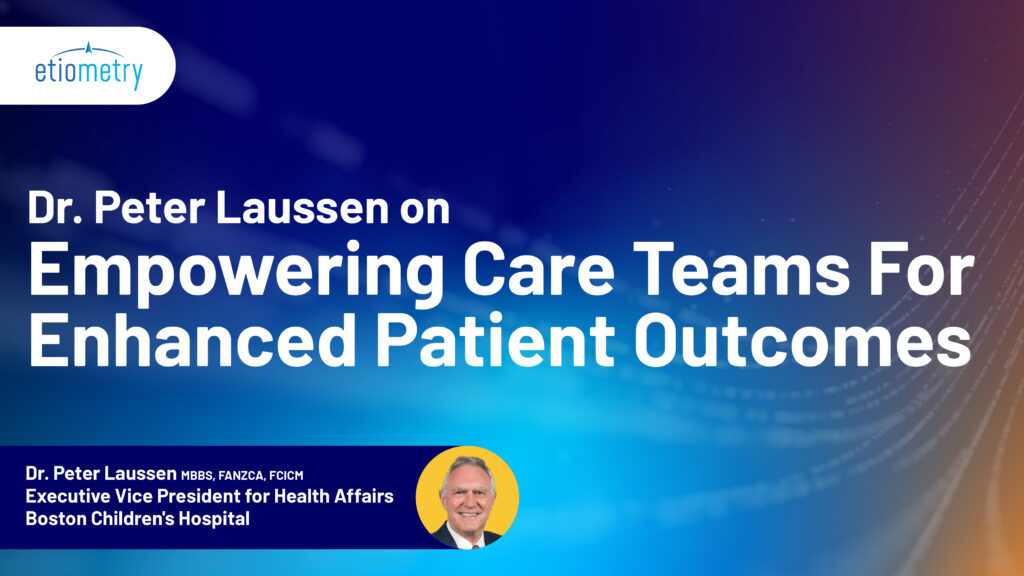Three Practical Steps to Improve Institutional Readiness for Cardiogenic Shock
Blog
Cardiogenic shock (CS) represents a profound and often fatal complication in hospitalized patients, with short-term mortality rates persisting at a concerning 40% to 50%. Despite significant advancements in cardiovascular critical care and interventional cardiology, its intricate and rapidly evolving nature continues to present a formidable clinical challenge. Crucially, the initial manifestations of CS are frequently observed across various hospital settings, not solely confined to the Intensive Care Unit (ICU). A unified and proactive strategy for early identification and prompt intervention is paramount, consistently correlating with improved patient outcomes and the potential for substantial cost reductions through decreased ICU admissions and shorter lengths of stay.
To enhance institutional preparedness and effectively address the high mortality associated with CS, healthcare systems can implement three critical and actionable steps:
Three Practical Steps to Bolster Institutional Readiness for Cardiogenic Shock
- Establish Multidisciplinary Shock Response Teams with Defined Responsibilities and Ongoing Training. The cornerstone of effective cardiogenic shock management lies in the formation of multidisciplinary shock teams. These teams are indispensable for facilitating early diagnosis, continuous reassessment, and swift decision-making. Their composition should be comprehensive, ideally including essential personnel such as nurses, cardiologists, intensivists, emergency department (ED) staff, surgeons, and heart failure specialists. This diverse collaboration is crucial for fostering cross-functional cooperation and promoting the consistent application of standardized clinical protocols. A growing number of centers that have successfully adopted these multidisciplinary principles have reported improved patient outcomes. To maintain their effectiveness and ensure consistent responses, these teams must engage in regular multidisciplinary meetings and continuous training sessions.
- Implement and Audit Adherence to SCAI-Recommended Staging and Escalation Protocols. Standardization of care pathways remains a significant hurdle in the management of cardiogenic shock. To address this, hospitals should adopt and rigorously adhere to the Society for Cardiovascular Angiography and Interventions (SCAI) staging system. This widely recognized system categorizes CS severity from A (‘at risk’) to E (‘extremis’) based on hemodynamic status, markers of hypoperfusion, and the utilization of advanced circulatory support. Higher SCAI stages consistently correlate with increased short-term mortality. The implementation and routine auditing of adherence to these protocols across all hospital departments ensure a consistent approach to patient assessment and management, irrespective of the patient’s initial point of presentation. The SCAI guidelines emphasize that effective CS management must transcend departmental silos, advocating for standardized protocols across all hospital settings. A universal definition for cardiogenic shock, which incorporates standardized severity assessment and clinically meaningful subtypes, is essential to harmonize scientific efforts and advance personalized management. Such structured protocols are vital for streamlining decision-making processes, as a prolonged time interval between symptom onset and revascularization, for instance, is associated with poorer patient outcomes.
- Deploy Real-Time Surveillance Systems Across Care Settings to Detect Early Deterioration. Early detection and timely intervention are critical for reversing negative clinical outcomes in CS. However, clinicians often face substantial challenges in rapidly identifying and triaging patients, as CS can manifest gradually with non-specific symptoms. Traditional non-AI risk prediction tools require ongoing score calculation, which adds to clinician workload. This highlights a large unmet demand for methods to accurately identify high-risk patients early.
Artificial intelligence (AI), particularly through machine learning (ML) models, offers significant promise in the early prediction of CS. These models can perform automated, continuous screening by leveraging routinely recorded clinical variables from electronic health records (EHRs), such as vital signs, lab values, and medication administrations.
Crucially, AI algorithms have demonstrated the ability to identify high-risk patients for CS development significantly sooner than conventional clinical diagnosis—up to 1.7 days earlier. This provides a vital window for initiating early preventive measures and tailored treatment programs. The most impactful variables for these AI models, including age, blood pressure, heart rate, oxygen saturation, and blood glucose, are already standard components of routine clinical care, making their integration into real-time surveillance systems highly feasible. Such real-time hospital-wide surveillance systems are fundamental to effective CS management. By deploying these systems, hospitals can dramatically improve patient outcomes, reduce clinician workload, and help clinical staff prioritize effectively in critical cases.
Conclusion
Cardiogenic shock remains one of the most fatal complications in cardiac care, extending far beyond the confines of the ICU. By establishing multidisciplinary shock teams, implementing and auditing SCAI-recommended staging and escalation protocols, and deploying real-time surveillance systems based on AI/ML, hospitals can significantly enhance early recognition and facilitate timely intervention. This integrated, hospital-wide strategy shows strong evidence for improving patient outcomes, reducing the strain on clinical teams, and potentially achieving substantial healthcare savings.
Contact Us
References
Sinha, S, Morrow, D, Kapur, N. et al. 2025 Concise Clinical Guidance: An ACC Expert Consensus Statement on the Evaluation and Management of Cardiogenic Shock: A Report of the American College of Cardiology Solution Set Oversight Committee. JACC. 2025 Apr, 85 (16) 1618–1641. https://doi.org/10.1016/j.jacc.2025.02.018
Early Prediction of Cardiogenic Shock Using Machine Learning https://pubmed.ncbi.nlm.nih.gov/35911549/
The Lancet: https://www.thelancet.com/journals/lancet/article/PIIS0140-6736%2824%2901818- X/fulltext
This post discusses independent research; predictive use of AI is investigational and not part of the Etiometry Platform’s cleared indications.


